Patriots, Loyalists and America’s First Civil War
With the Battles of Lexington and Concord in 1775, the actual fighting of the American Revolution was underway. As it turned out, this open warfare was not reserved just for the new Continental Army formed around Boston and the British Army trapped in the city. It soon spilled over into a fight between neighbors.
Naturally, the decision to separate from England, the country of our ancestors, led to an intense, emotional debate. Those that believed we should remain loyal to our Mother Country felt as strongly about that position as those that felt we must go our own way. Both sides were passionate and both sides had a fair argument. Unfortunately, there was no real middle ground.
As the conflict spread, people were forced to choose a side by patriot and loyalist extremists. Declaring yourself undecided and neutral, was not allowed. In 1776, there were about 2,000,000 whites and 400,000 African slaves living in colonial America. Unfortunately, there is no definitive proof regarding how the population split on the matter of independence.
In recent years, there have been several detailed studies to better understand colonial attitudes towards independence. In general, these studies found that staunch loyalists constituted about 20% of the population or 400,000 people, while committed Patriots accounted for about 40% of the population or 800,000 people. The balance, about 40% or 800,000 people, held moderate views, and mostly just wanted to be left alone to live in peace.
It must also be emphasized that the percentage of Americans supporting the war for independence was not static, but rather changed somewhat with the changing fortunes of the war. As General George Washington was retreating across New Jersey in the fall of 1776, Loyalists seemed to flock to the British banner. When Washington and his Continentals crossed the Delaware and defeated the Redcoats a few months later, these same Loyalists were not to be seen.
This rise and fall of support for the English cause was the same in most of the United States. After about mid-1776, Patriots controlled most of the territory of the thirteen states. Given the growing enthusiasm for the Patriot side and the violence inflicted by both sides on their adversaries, most Loyalists were only vocal in their opinions if the English army was close by.
Joshua Reynolds. “Portrait of Sir Banastre Tarleton.” The National Gallery.
In terms of military service, about 230,000 men served in Continental Army, although there were never more than 48,000 at any one time. In addition, there were about 145,000 men who served at least one stint in the state militias during the Revolution. That means about 375,000 men fought at some point for our independence.
For the Loyalists, it is estimated that about 25,000 men fought in units supporting the British. Generally, they were regiments formed locally and often fought as an auxiliary to regular British troops. Others, like the British Legion, a provincial unit from New York, operated independently but with regular Army commanders such as Colonel Banastre Tarleton.
Thus, between Patriots and Loyalists, approximately 400,000 men or about 20% of the entire free population fought for the cause in which they believed, with a significant majority fighting for independence. For perspective, in the American Civil war only about 10% of all Americans joined the fight (2.8 million of 28 million). If you adjust for women and children, an argument could be made that about half of all men fought on one side or the other in the American Revolution.
The two most active areas of the civil conflict were the Mohawk River Valley in mid-state New York extending from the Hudson River to Otsego Lake and the “backcountry” of South Carolina, an area roughly 50 miles from the coast to the foothills of the Appalachians.
At the conclusion of the war, approximately 60,000-70,000 Loyalists, or about 15% of the total, fled from America, never to return. These exiles included talented and decent men like Joseph Galloway of Pennsylvania, a close friend of Benjamin Franklin, who attended the First Continental Congress in 1774, signed the Articles of Association, and tried to find a compromise with his Plan of Union.
It was unfortunate that America lost so many of her sons and daughters who had worked hard prior to 1776 to build the country because their skills could have helped the young nation. Those Loyalists that did remain in America, about 85% of them, generally were able to retain their lands and become American citizens.
John Adams once wrote, “Divided we ever have been, and ever must be.” That statement was proven true in 1776, again in the Civil War, and continues today. Who knows, perhaps that is the cost of a living in a democracy where all opinions may be freely voiced.
Next week, we will talk about the American Revolution from the perspective of the Loyalists. Until then, may your motto be “Ducit Amor Patriae”, Love of country leads me.

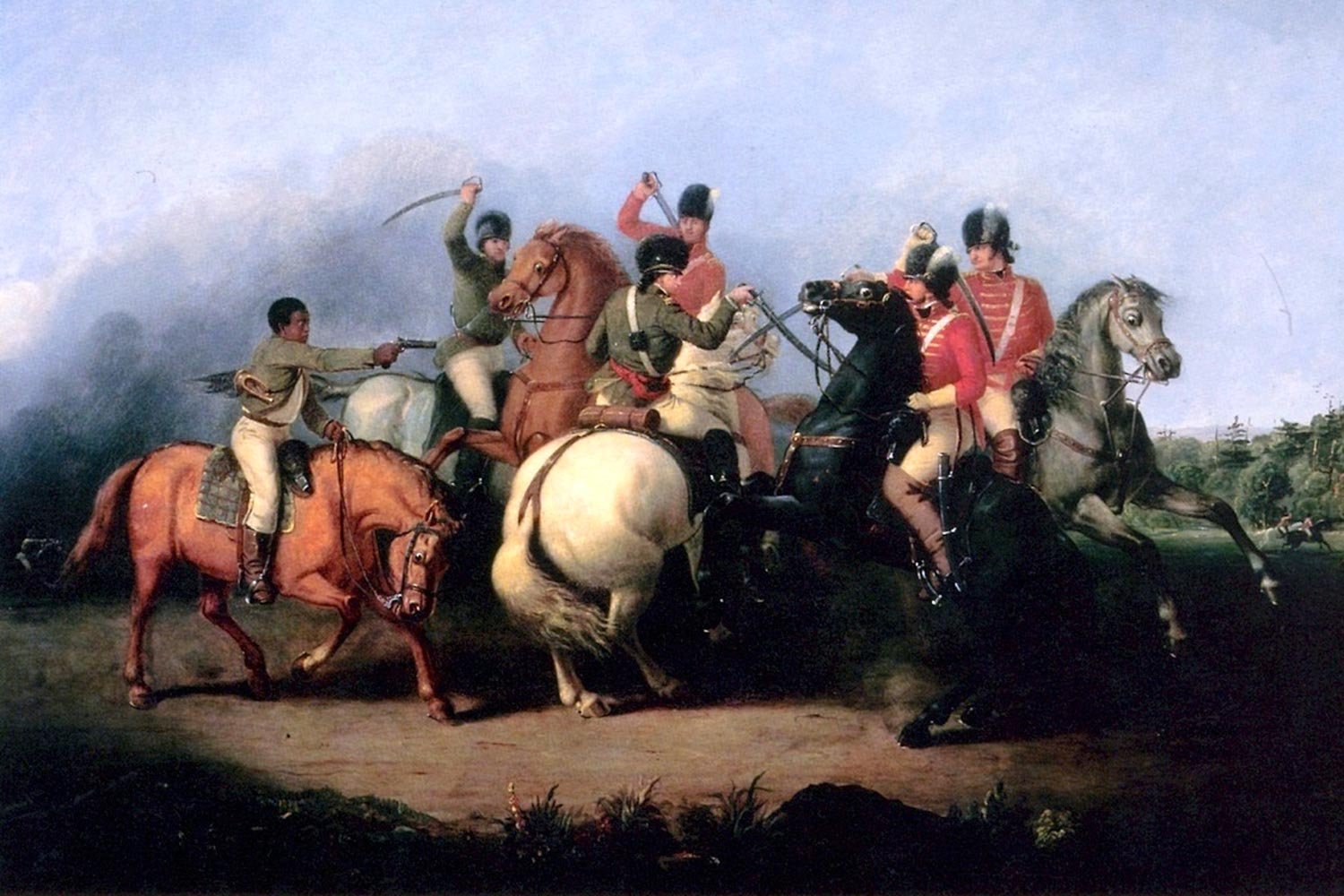
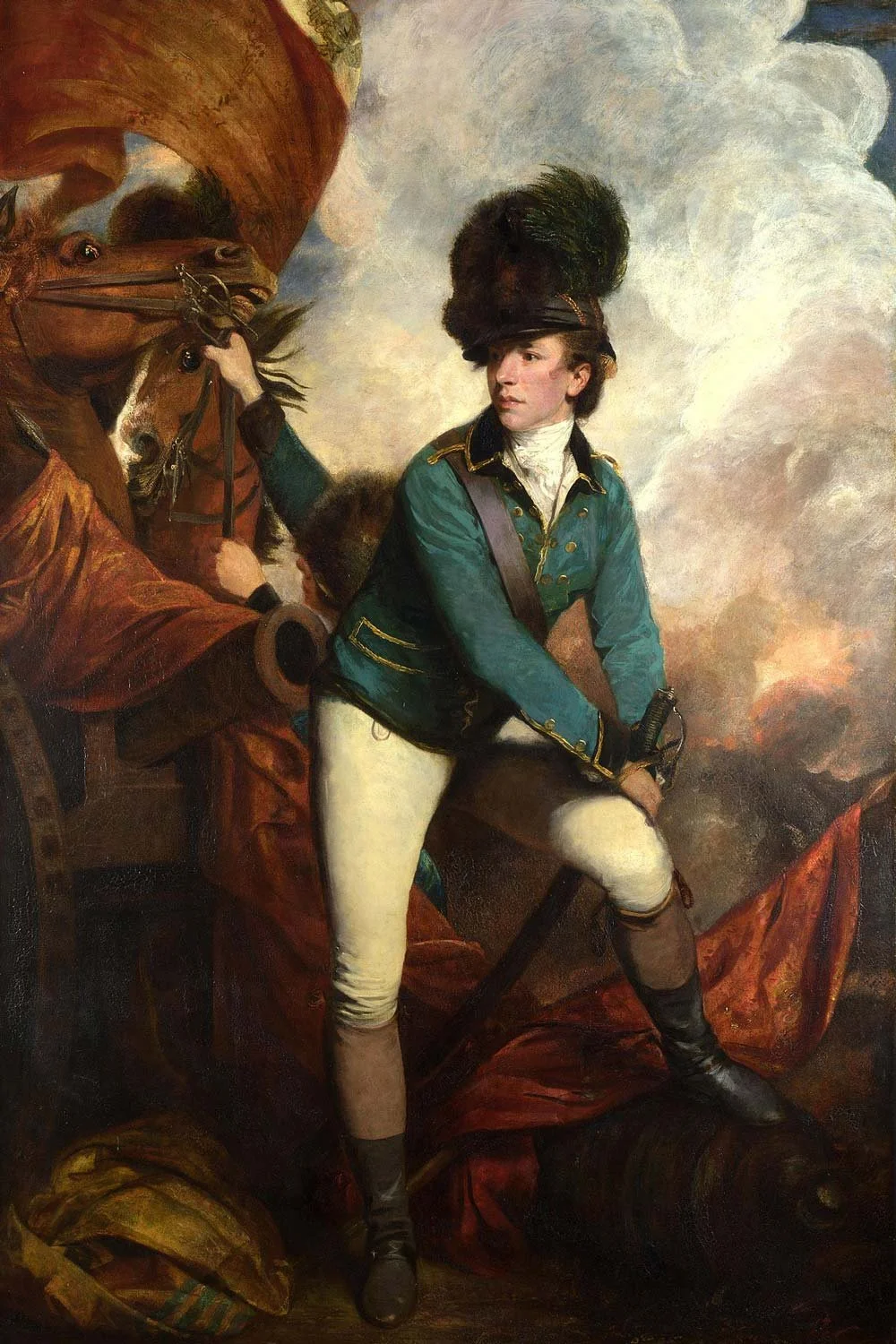



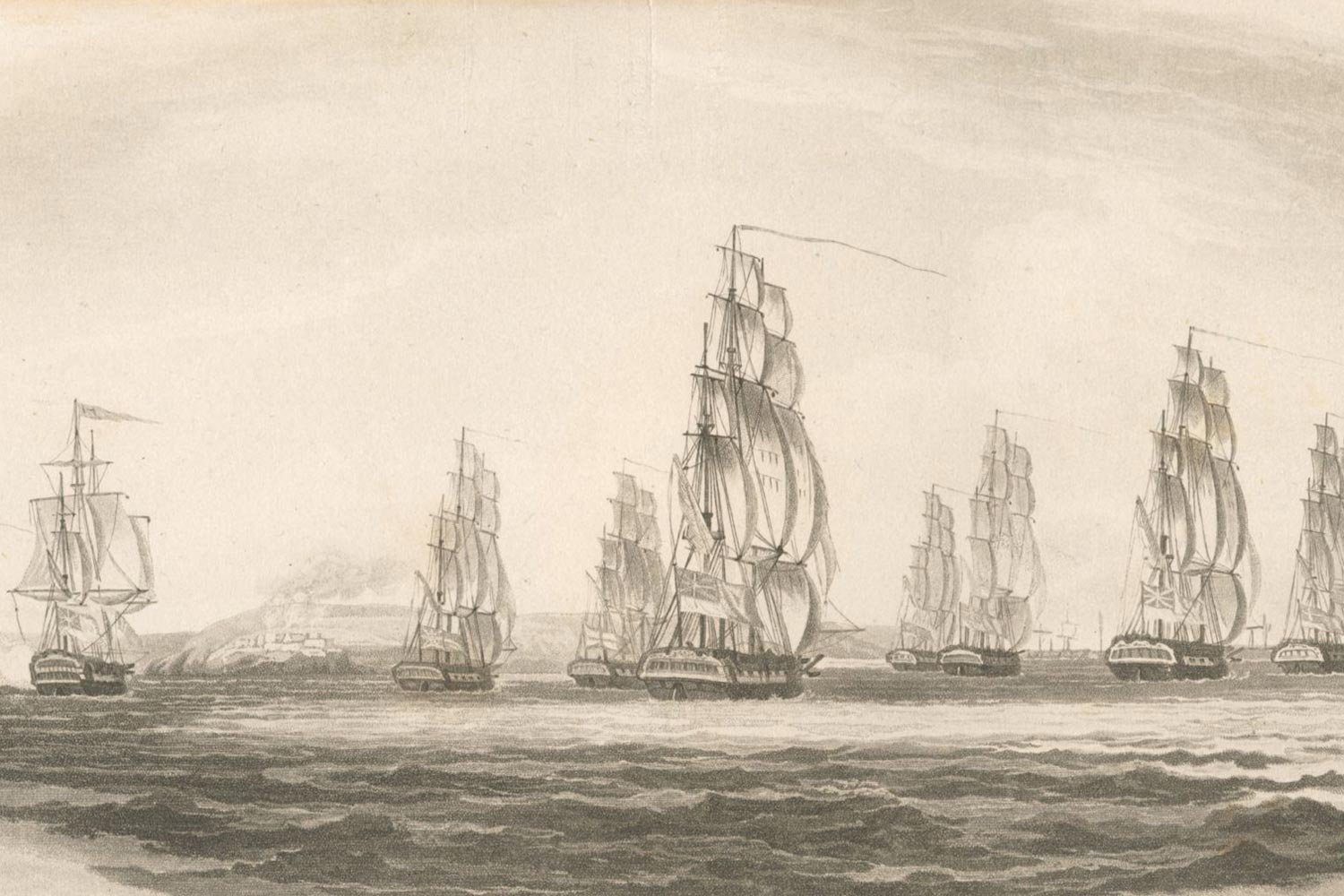
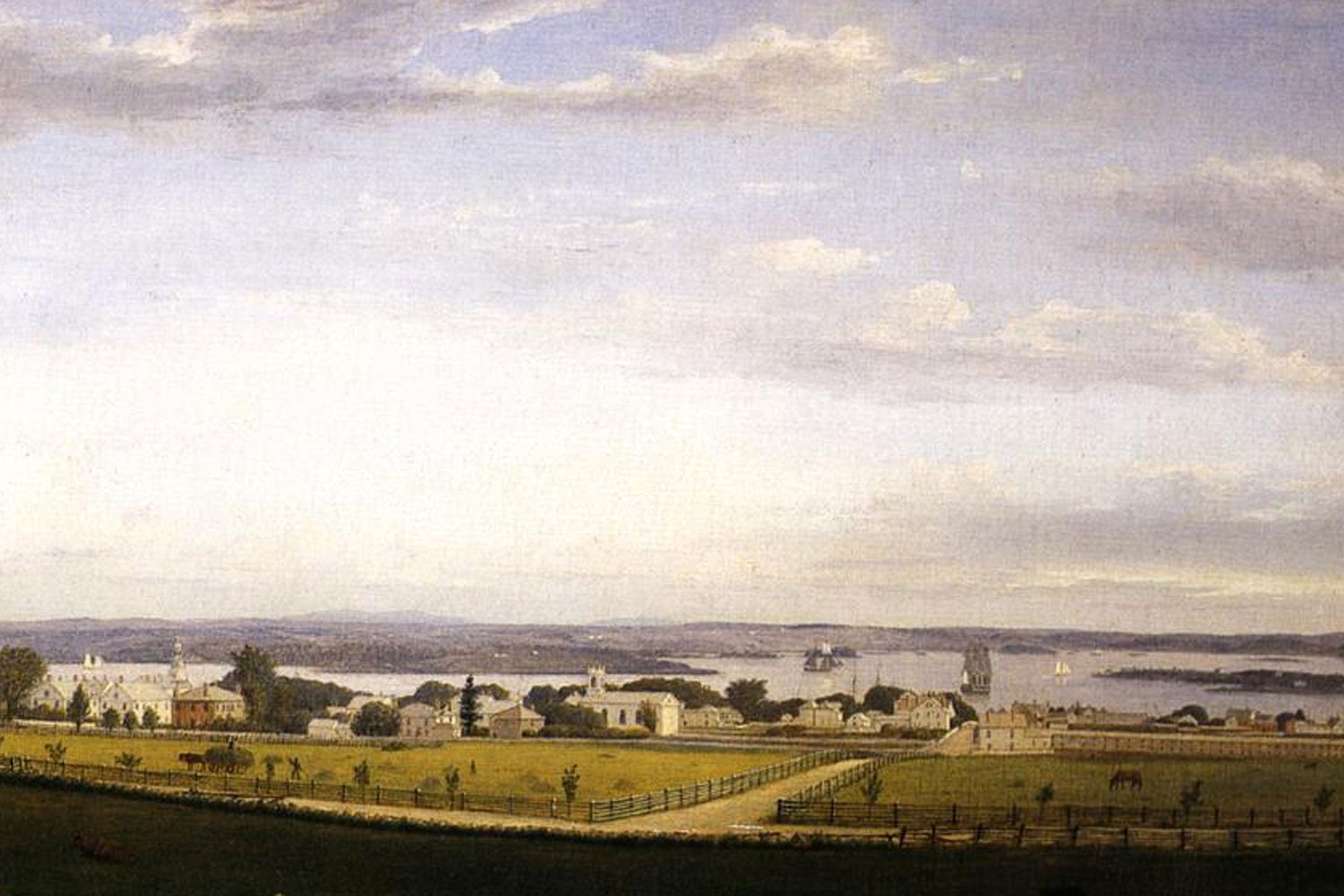
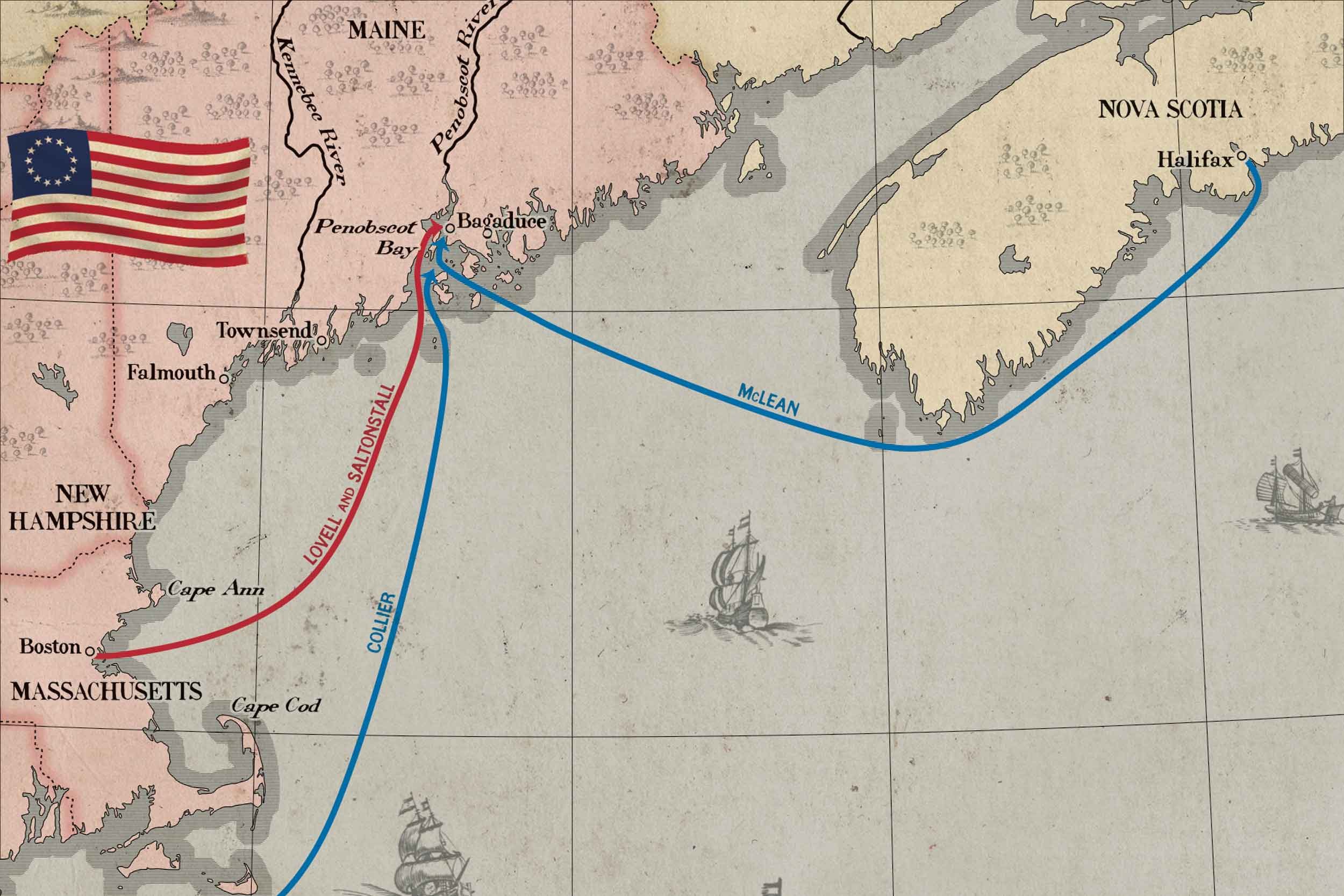
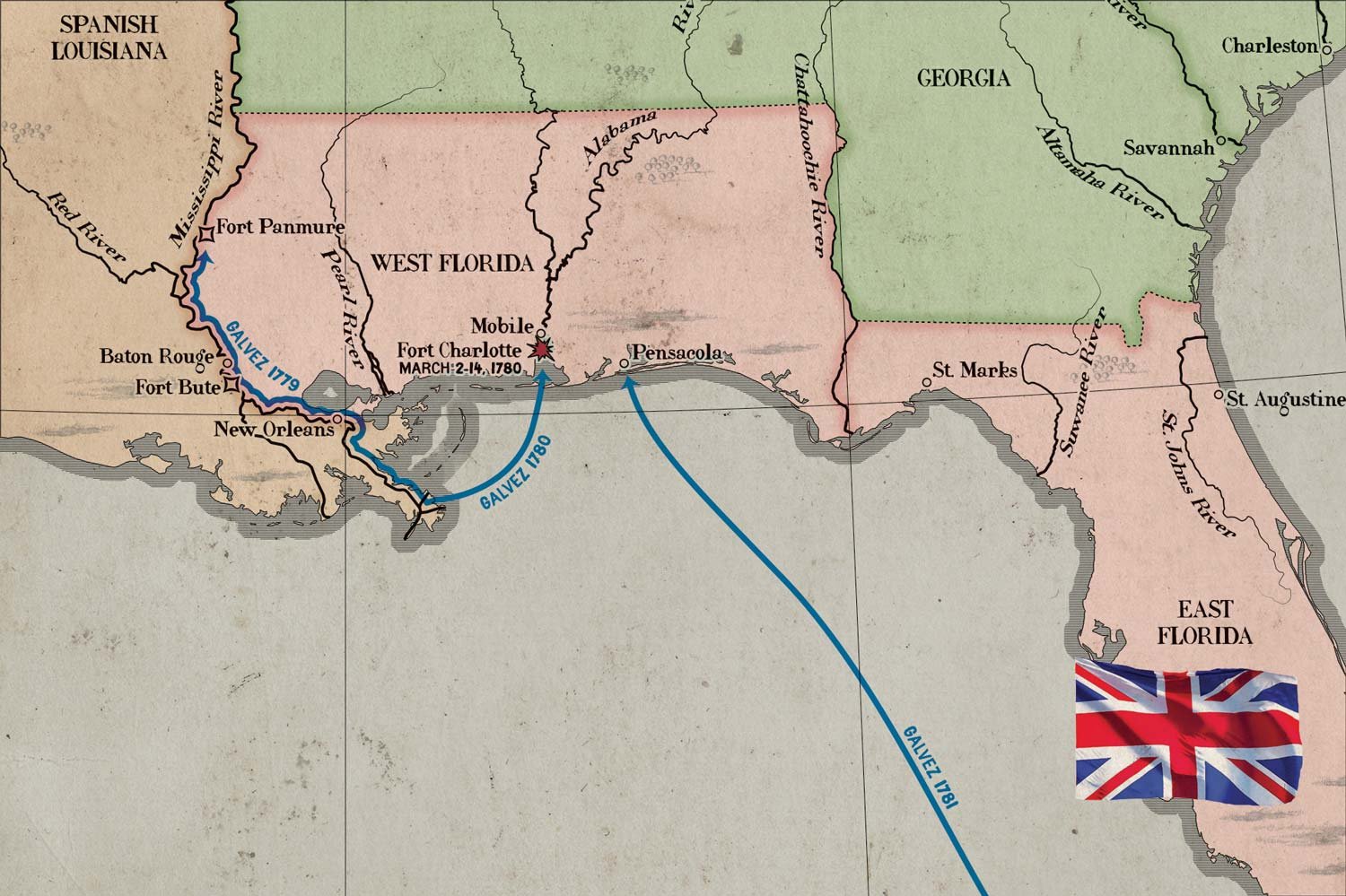
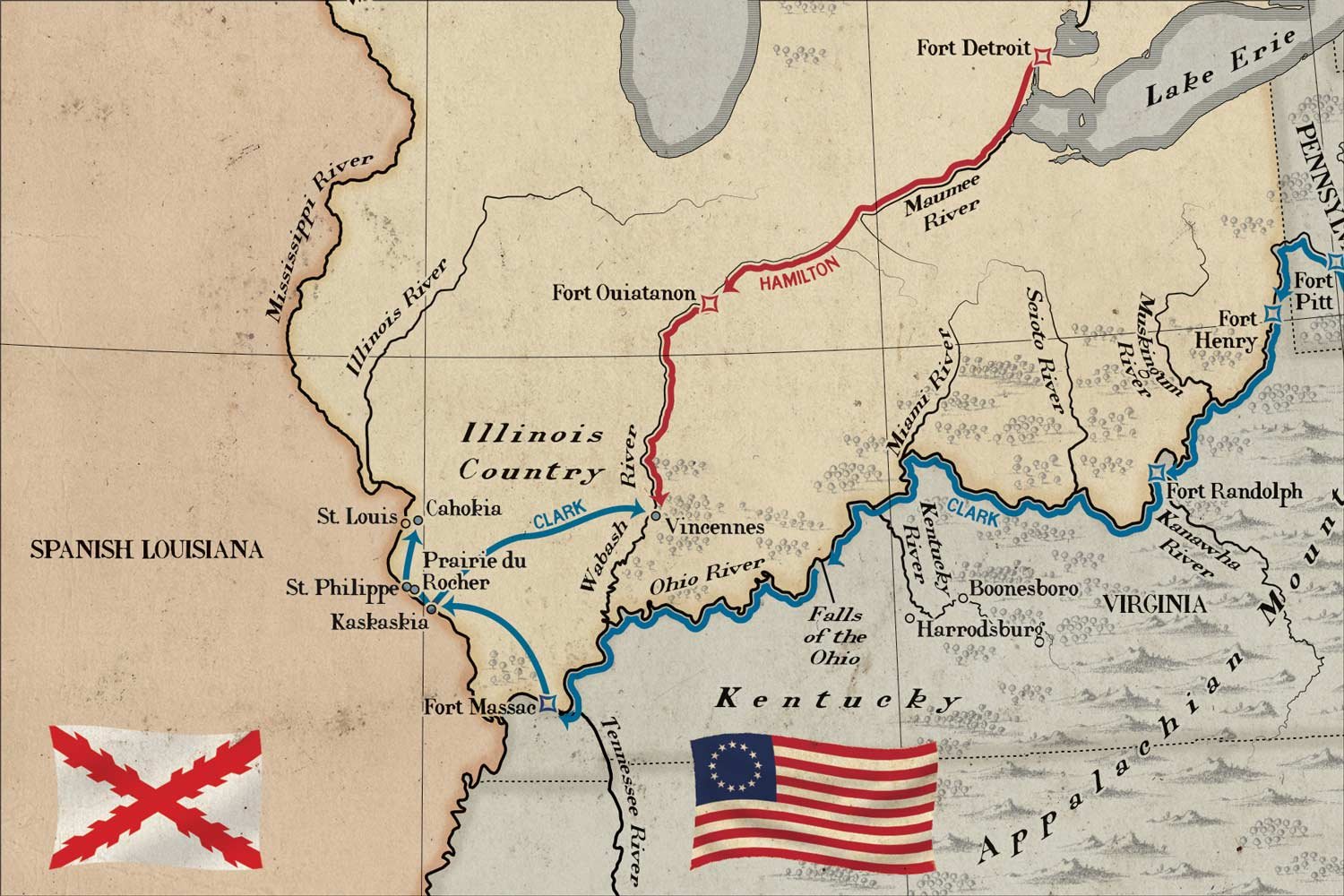
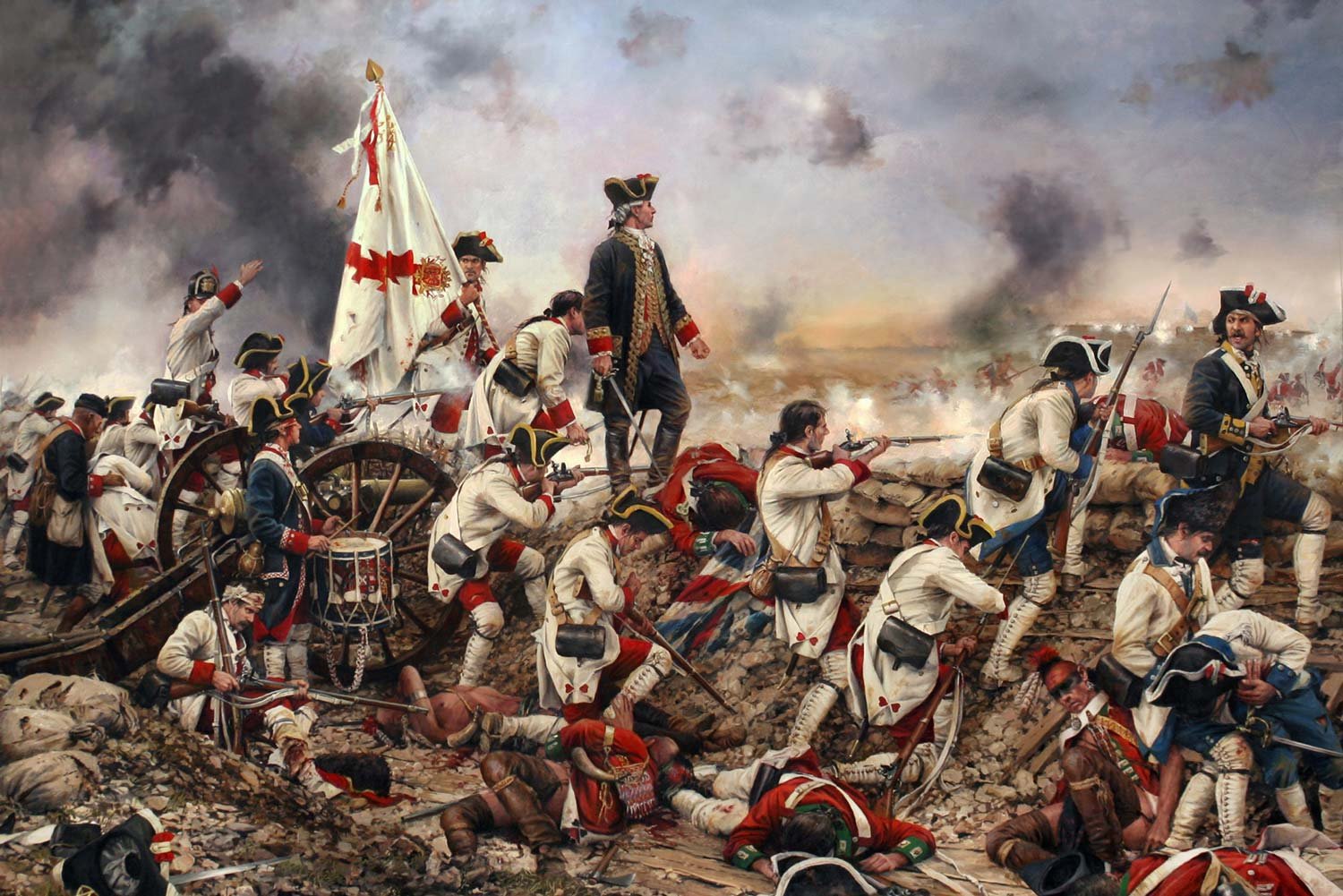
General George Washington led his Continental Army and the French Army under General Jean-Baptiste de Rochambeau into Virginia in mid-September 1781. The combined force was on its way to Yorktown and its appointment with destiny with the entrapped British command of General Lord Charles Cornwallis.